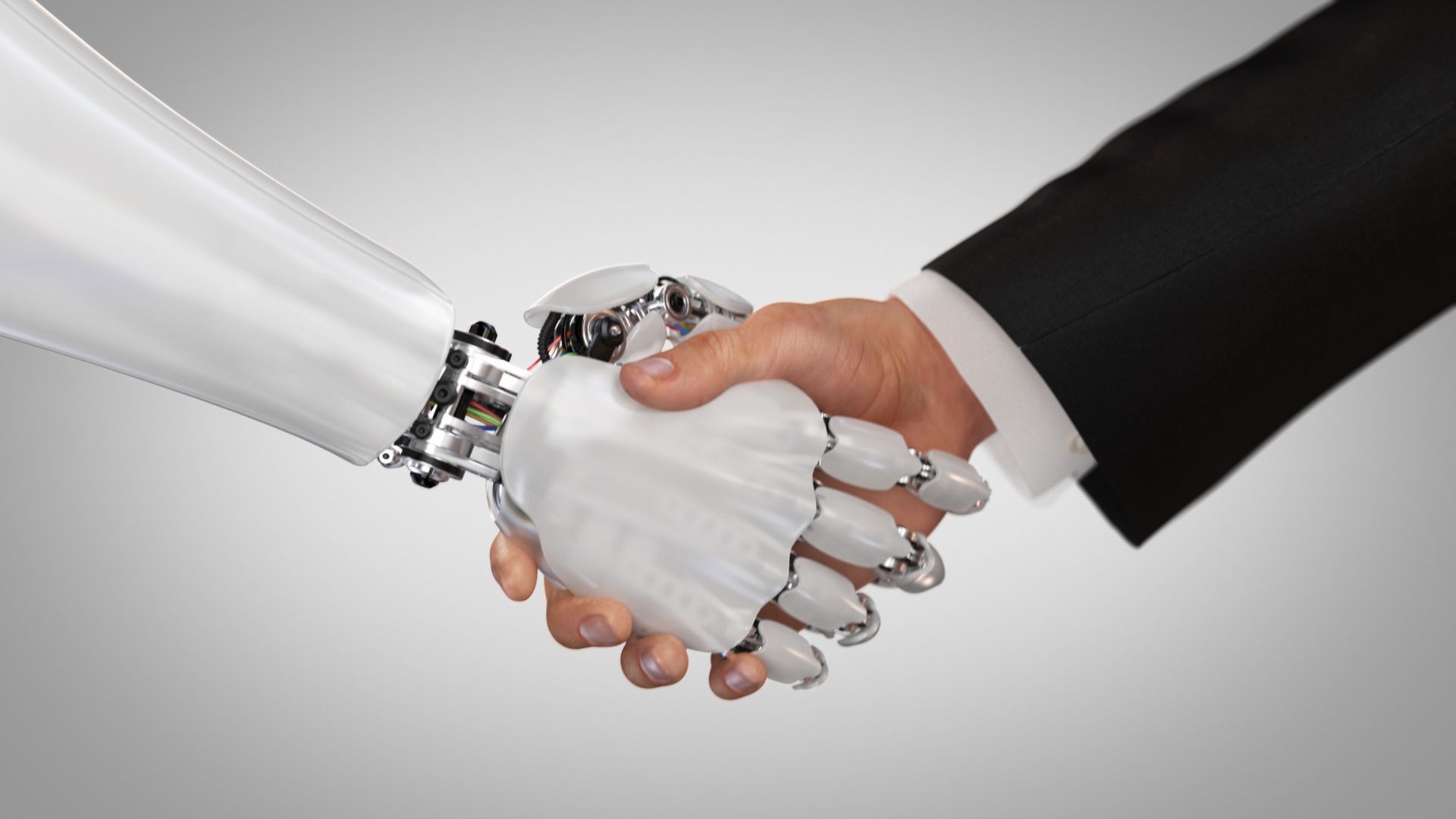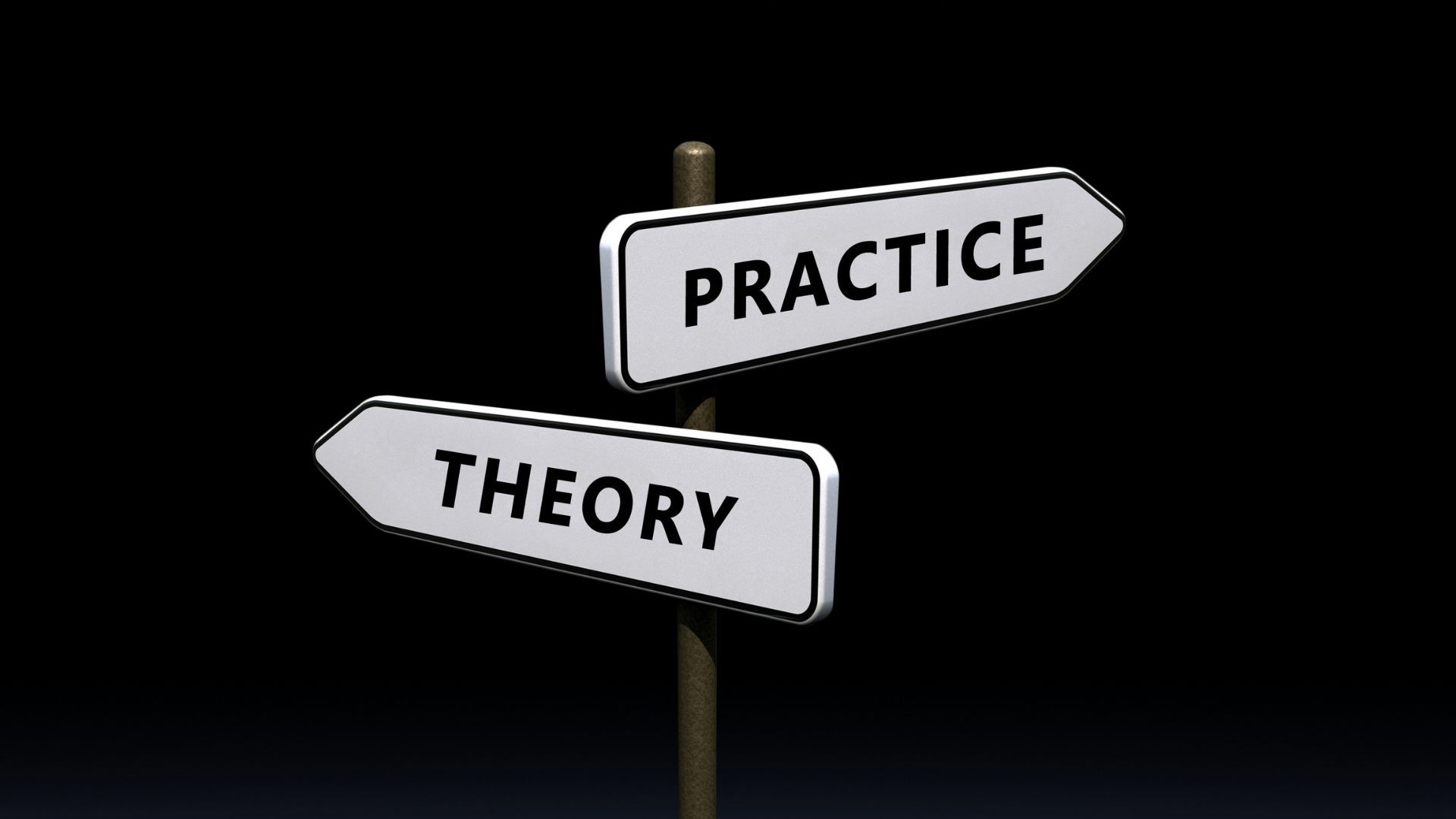What are the benefits of a dog friendly workplace?


Australia, the search is on.
For its 3rd consecutive year, people2people, along with our headline sponsor Indeed, are proud to announce the return of 2023 #OZTOPDOG. Enter before 13th August 2023 to be in with a chance to win the OZTOPDOG trophy, a prize pack worthy of a top dog, and much more.
Don’t miss out. Get your dog in: www.oztopdog.com.au
Having dogs in the workplace? It's a dream for many, and fortunately, it has become increasingly common in recent years. The notion that dogs disrupt work routines is a thing of the past. In fact, dogs can actually enhance the work environment. So, what are the advantages of having dogs in the workplace?
Dogs boost employee morale and well-being
It's widely accepted that dogs, along with other pets, have a positive impact on our mood and help reduce stress. The benefits they provide for our mental and physical health extend beyond their owners. In a fast-paced and often stressful work environment, dogs have an amplified comforting effect. Simply patting a dog can calm an anxious worker, which is why trained therapy dogs are now making regular appearances in workplaces. In high-stress settings like emergency call centres and emergency service offices, therapy dogs visit several times a week to lend a paw to those who are struggling or in need of extra support. There are also therapy dogs who may not have formal training but still provide assistance to humans in need. Each of these dogs deserves great recognition for their invaluable contributions.
Dogs and pets create a positive impression on customers or clients
Having a dog or pet-friendly workplace not only creates a more joyful and relaxed atmosphere for team members but also adds an element of interest for guests. Animal lovers can't resist the charm of encountering a cute animal, and such encounters can truly brighten their day. Additionally, having pets in the workplace can be a fantastic icebreaker and a way to engage with customers or clients.
It provides enrichment for dogs
While we appreciate the joy and emotional support that dogs bring us, bringing them into the workplace also offers them a unique opportunity for enrichment. When dogs are introduced to new environments, especially from a young age, they become highly adaptable and engage in a variety of rewarding experiences. If your workplace is dog-friendly and allows for multiple dogs at a time, both you and your dog will benefit from enhanced socialisation opportunities.
Having dogs in the workplace is no longer just a pipe dream. It brings numerous benefits, including increased employee morale, improved well-being, positive customer interactions, and enrichment for the dogs themselves. So, why not embrace the idea of dogs at work and create a more enjoyable and fulfilling work environment for everyone involved?
Find the job you love I Find the right talent
Get in touch with people2people
Australia
I
United Kingdom
In business since 2002 in Australia, NZ, and the United Kingdom, people2people is an award-winning recruitment agency with people at our heart. With over 12 offices, we specialise in accounting and finance, business support, education, executive, government, HR, legal, marketing and digital, property, sales, supply chain, and technology sectors. As the proud recipients of the 2024 Outstanding Large Agency and Excellence in Candidate Care Awards, we are dedicated to helping businesses achieve success through a people-first approach.
Recent articles





Latest Media Features
List of Services
-
11 tips for employers to succeed in 202511 tips for employers to succeed in 2025
Human Resources Online
February 14, 2025 -
How will advisers’ salaries change this year?How will advisers’ salaries change this year?
Money Management
Janurary 17, 2025 -
Being a supportive employer in 2025Being a supportive employer in 2025
Money Management
January 6, 2025
List of Services
Get in touch
Find out more by contacting one of our specialisat recruitment consultants across Australia, New Zealand, and the United Kingdom.
Copyright © 2025, people2people
people2people acknowledges the Traditional Custodians of country, pays respect to their Elders past and present, and extends that respect to all Aboriginal, Torres Strait Islander and Māori peoples today.
people2people partners with CarbonInvoice to measure and mitigate any carbon emissions associated with the work we do.
Specialisations
Locations
Resources

